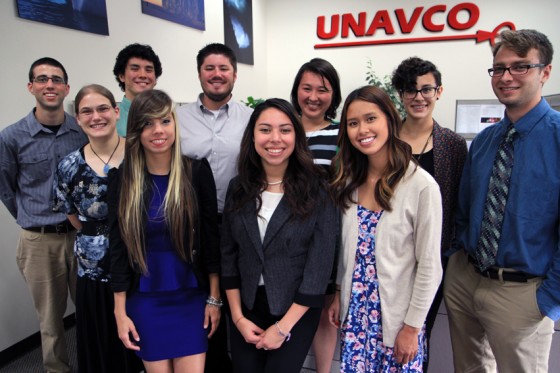
A Tough Summer Vacation (start time 10:52) It’s summer! And although the town feels empty of students for many around here, some researchers may be feeling a sad little void this week as summer internships tie up and interns leave town for a short break before beginning their normal school years. Three Boulder institutions run and coordinate comprehensive research internship programs that just finished on Friday of last week, ending with a bang: Colloquiums and poster sessions for the young scientists to show off their work. The three institutions are UCAR, the University Corporation for Atmospheric Research, NEON, the National Ecological Observatory Network, and UNAVCO. UNAVCO’s internship program is geared towards bringing underrepresented populations into the Earth sciences. The program is called RESESS, and no, it’s really not a playful break like recess was in elementary school. RESESS stands for Research Experiences in Solid Earth Science for Students. And this internship is intense.
Thanks to 2014 RESESS interns Josh Russell, Ann Marie Prue, Brian Chung, Wesley Weisberg, Amy Asanuma, Belinda Gonzalez, Garth Ornelas, Ashlyann Arana-Morales, Jaqueline Romero, and Diana Rattanasith.
Links:
The UNAVCO RESESS program, for solid Earth sciences
The UCAR SOARS program, for atmospheric sciences
The NEON Internship Program, for ecological sciences
Hosts: Kendra Krueger, Joel Parker
Producer: Kendra Krueger
Engineer: Joel Parker
Additional Contributions: Beth Bartel
Executive Producer: Joel Parker
Listen to the show:
Podcast: Play in new window | Download (Duration: 25:15 — 23.1MB)
Subscribe: RSS



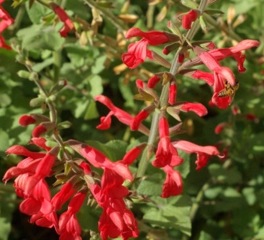
 Summer is a time to celebrate our bursting gardens. But you may be wondering why your neighbor’s garden seems to be attracting all the butterflies, honeybees and hummingbirds, while yours seems to be attracting mostly aphids and raccoons. Our guest, Alison Peck, owner of
Summer is a time to celebrate our bursting gardens. But you may be wondering why your neighbor’s garden seems to be attracting all the butterflies, honeybees and hummingbirds, while yours seems to be attracting mostly aphids and raccoons. Our guest, Alison Peck, owner of 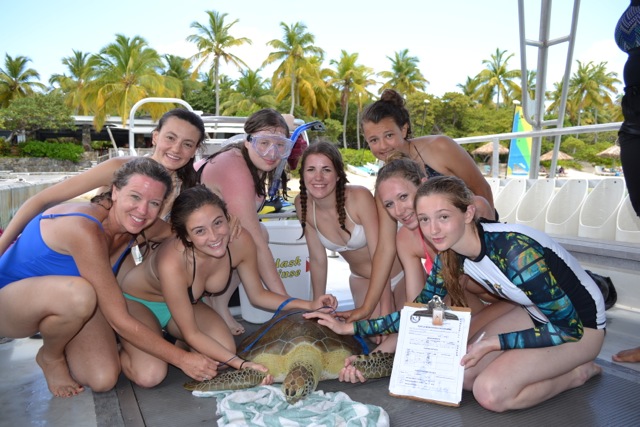

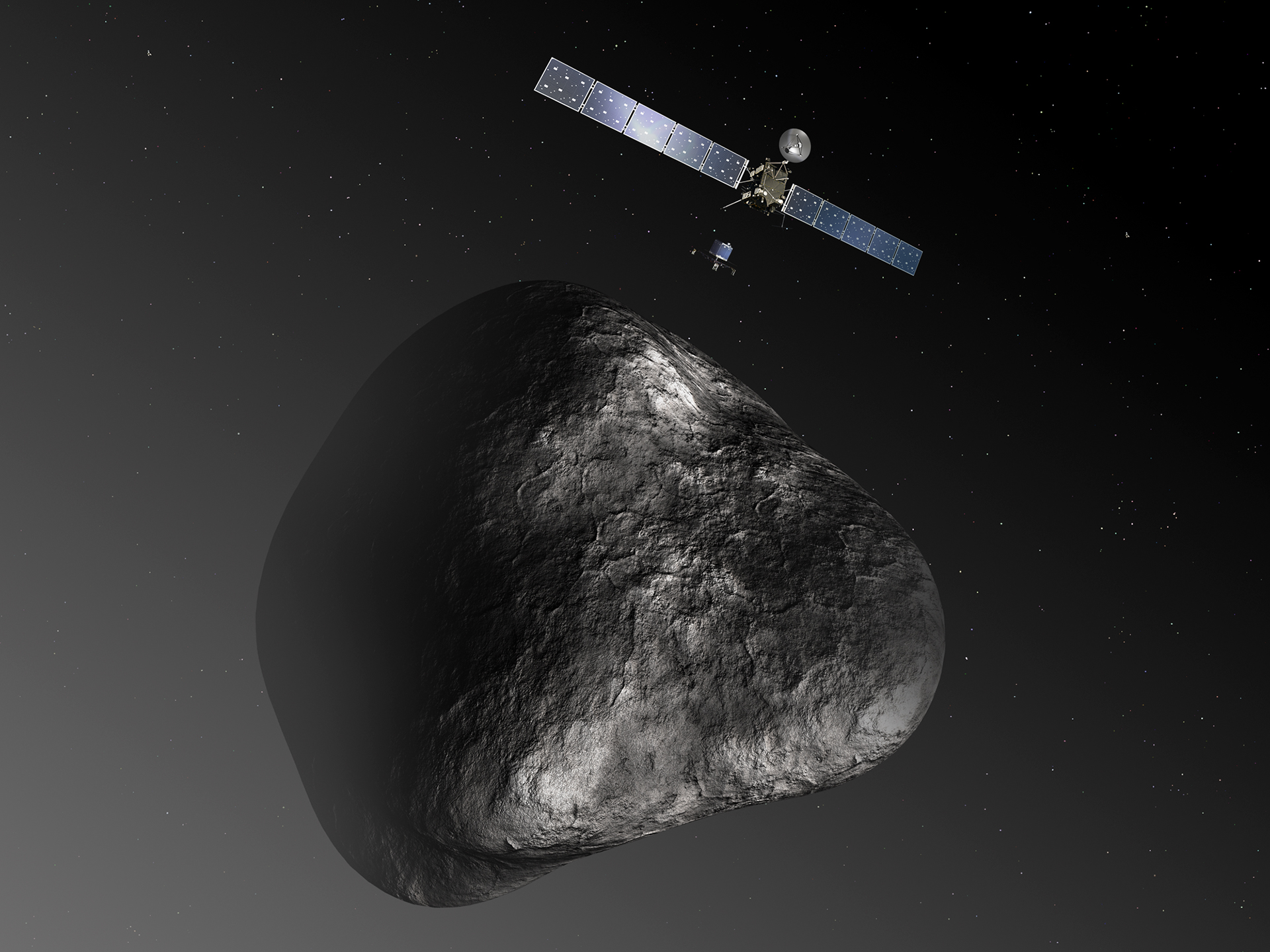
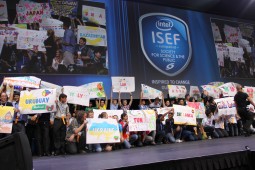
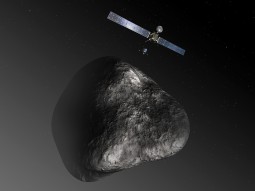



 Baseball Vision (starts at 5:42): The major league baseball season is now in full “swing.” Fans may take it for granted that these professional athletes are in top physical condition. What’s less known is how important it is for baseball players to have perfect eyesight. Batters in particular have some of the best vision in the world. To find out how scientists know this, and study it, and even make it better, How on Earth’s Shelley Schlender last month headed down to spring training in Arizona. There, she caught up with two of the nation’s top experts on the science of vision, and sports.
Baseball Vision (starts at 5:42): The major league baseball season is now in full “swing.” Fans may take it for granted that these professional athletes are in top physical condition. What’s less known is how important it is for baseball players to have perfect eyesight. Batters in particular have some of the best vision in the world. To find out how scientists know this, and study it, and even make it better, How on Earth’s Shelley Schlender last month headed down to spring training in Arizona. There, she caught up with two of the nation’s top experts on the science of vision, and sports.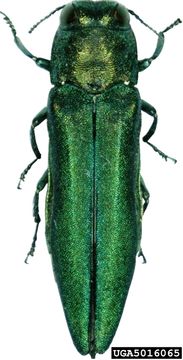
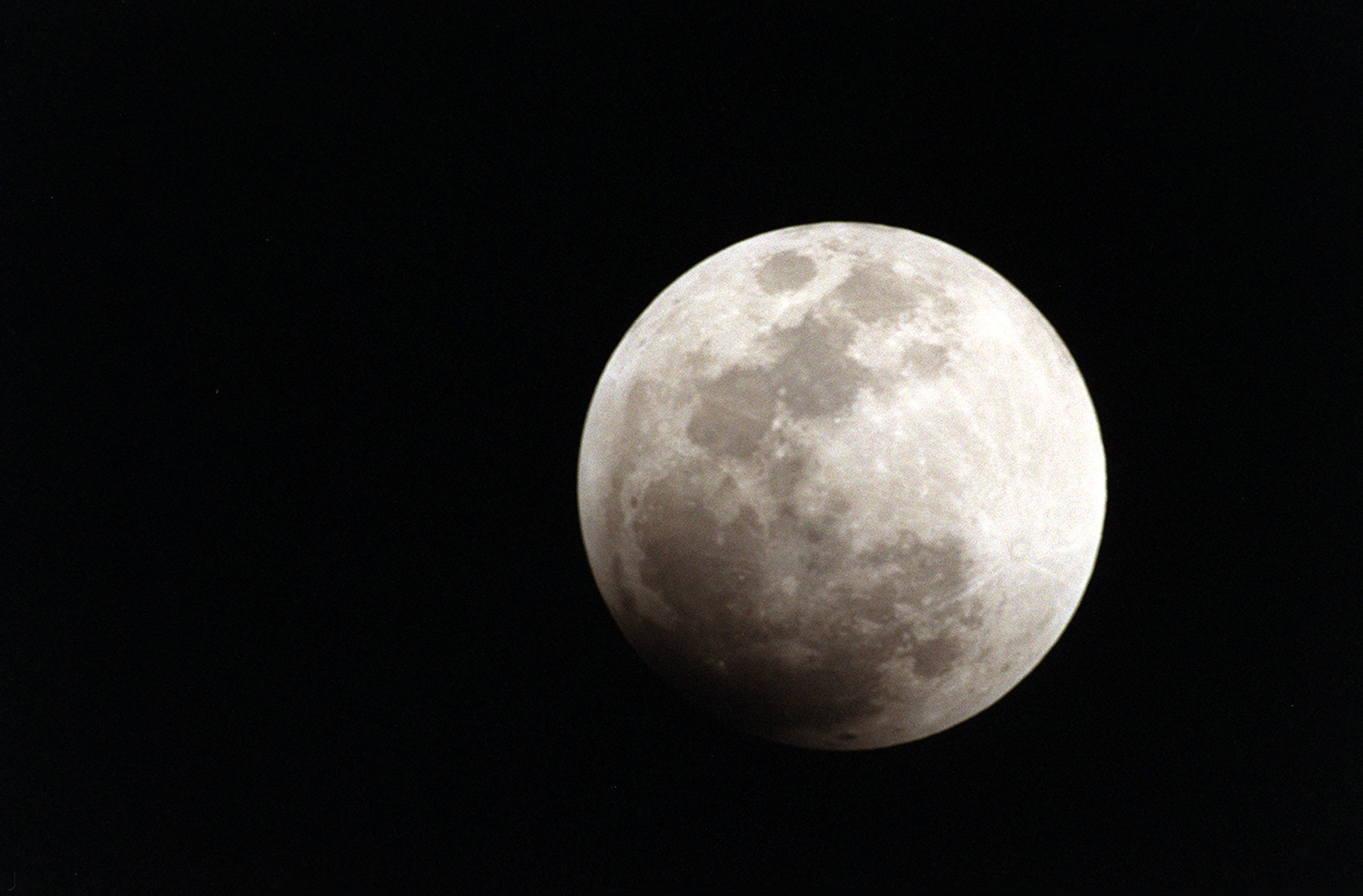
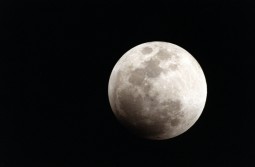

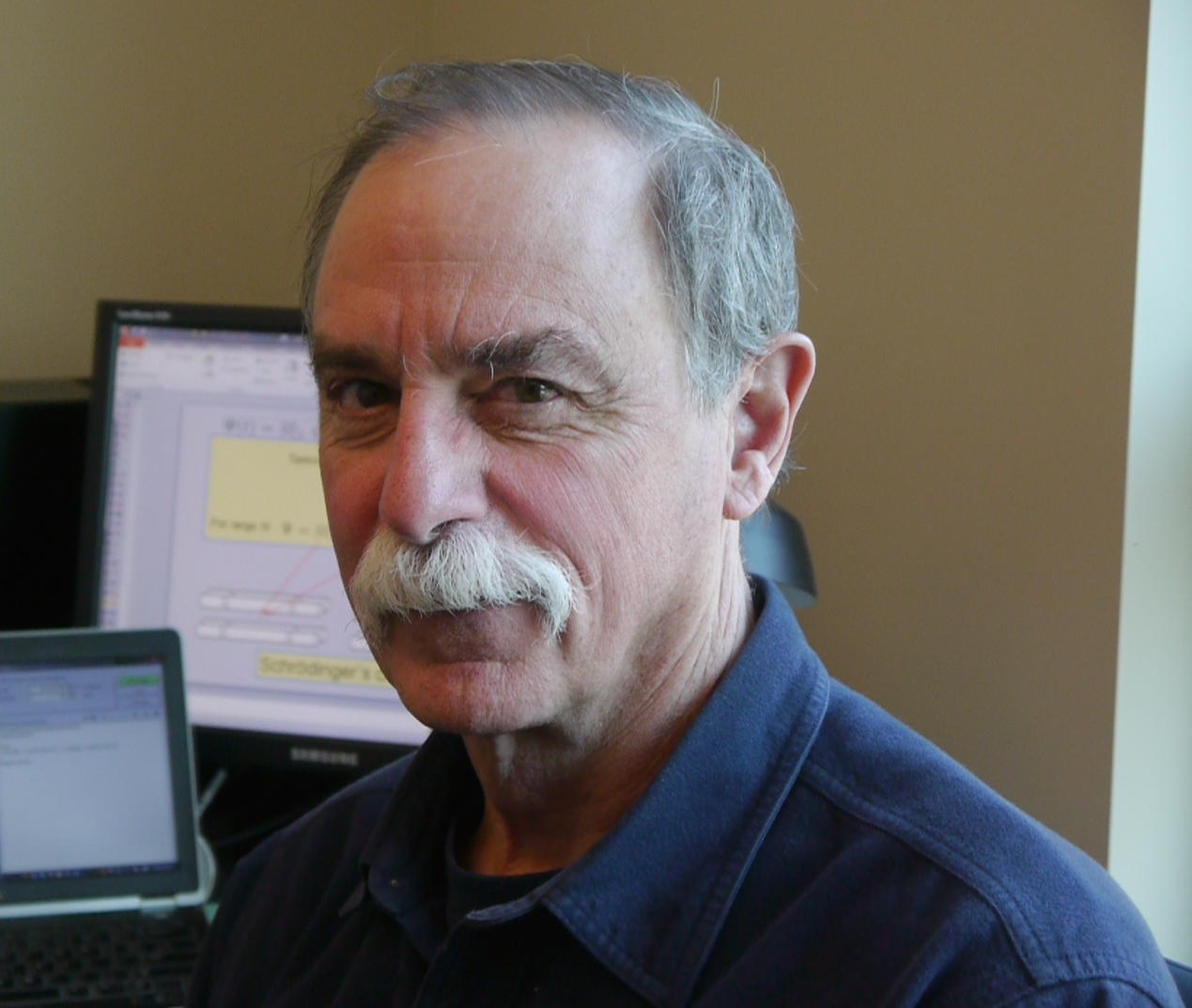
 Quantum Computers
Quantum Computers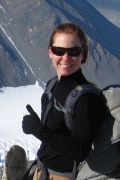

 Haven for Captive Wolves (start time 14:25)
Haven for Captive Wolves (start time 14:25)
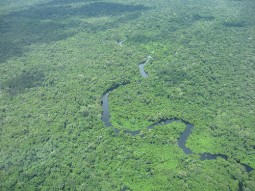 Amazon CO2 (start time 04:37) The Amazon basin contains the largest tropical rainforest on the planet. It’s been critical not only for its beauty and biodiversity but also for its ability to store more carbon dioxide than it emits. The soil and above-ground biomass of the Amazon makes it one of the largest reservoirs of carbon dioxide. And that has helped to keep climate change from accelerating even faster. But a new
Amazon CO2 (start time 04:37) The Amazon basin contains the largest tropical rainforest on the planet. It’s been critical not only for its beauty and biodiversity but also for its ability to store more carbon dioxide than it emits. The soil and above-ground biomass of the Amazon makes it one of the largest reservoirs of carbon dioxide. And that has helped to keep climate change from accelerating even faster. But a new 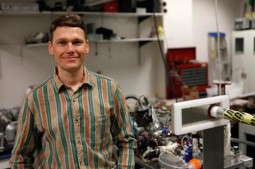 Power Plant Smokestacks (start time 14:43) To understand the global greenhouse gas budgets, it’s critical to characterize their sources and sinks. Electrical power generation accounts for about a
Power Plant Smokestacks (start time 14:43) To understand the global greenhouse gas budgets, it’s critical to characterize their sources and sinks. Electrical power generation accounts for about a